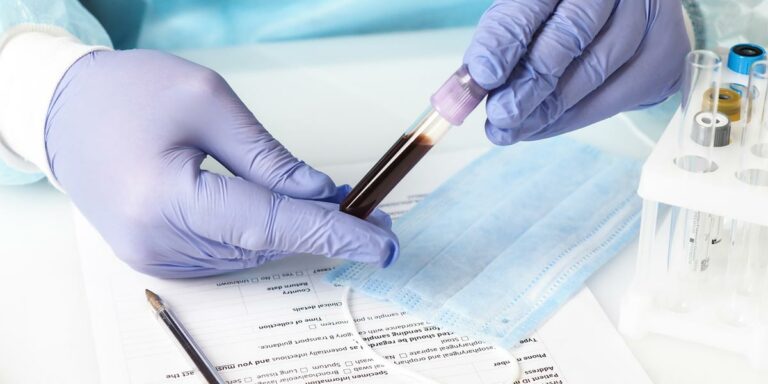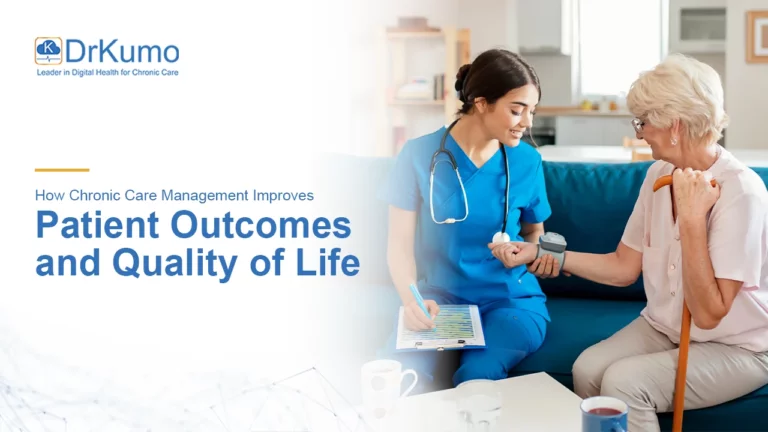Hypertensive kidney disease also known as hypertensive nephropathy is a medical term for kidney injury caused by chronically high blood pressure. Hypertensive renal disease manifest as sclerosis which is stiffening of renal components. Hypertensive renal disease is one of the effects of long-term, poorly treated hypertension. It is the second leading cause of end-stage renal failure, after diabetic kidney disease, according to renal databases.1
Learn more about hypertensive kidney disease and how remote patient monitoring can help.
What are the signs and symptoms of hypertensive kidney disease?
- loss of appetite
- nausea
- vomiting
- itching
- tiredness or confusion
- weight loss
- unpleasant taste in the mouth
Who is at risk of developing kidney disease as a result of high blood pressure?
High blood pressure causes kidney damage in people of all ages and races but certain groups, however, are more vulnerable, including:
- African-Americans
- Hispanic-Americans
- American Indians
- Alaskan natives
- Older adults
- Diabetics
- Familial high blood pressure and renal disease
What is the cause of hypertensive kidney disease?
The term “hypertensive” refers to high blood pressure, and “nephropathy” refers to kidney damage. Thus, this condition occurs when chronic high blood pressure damages kidney tissue, including small blood vessels, glomeruli, kidney tubules, and interstitial tissues. Eventually the tissue hardens and thicken, resulting in nephrosclerosis.
What is the prognosis of hypertensive kidney disease?
According to the United States Renal Data System (USRDS), hypertensive nephropathy affects more than a third of hemodialysis patients, and the annual death rate for hemodialysis patients is 23.3 percent. Patients with end-stage kidney disease (ESKD) should get haemodialysis, and hypertension nephropathy is the second most common cause of ESKD after diabetes. Age, ethnicity, blood pressure, and glomerular filtration rate are all factors that influence a patient’s prognosis. Reduced salt intake and increased physical activity have been found to improve results, but they are insufficient without pharmaceutical treatment.2
How to diagnose hypertensive kidney disease?
Clinical history and biochemical tests are used to diagnose HN. Chronic hypertension accompanied by increasing renal damage develops over time. Proteins that would normally flow through the nephron are filtered when the glomeruli are damaged. This causes an increase in albumin concentration in the urine (albuminuria). Albuminuria is a symptomless condition that might be suggestive of a variety of renal problems. Proteinuria (protein in the urine) is best diagnosed with a 24-hour urine sample.
How to prevent hypertensive kidney disease?
- Maintain a healthy blood pressure level.
- Make an appointment to have your blood pressure checked on a regular basis.
- Maintain a healthy diet.
- Get 30 minutes of moderate activity per day, such as walking.
- Take the medication that your doctor has recommended.
How can remote patient monitoring help in hypertensive kidney disease?
- Patient monitors their blood pressure throughout the day as recommended by their provider using biometric monitoring.
- Remote patient monitoring can send drug reminders to help them stay on track with their medication regimen, including new and existing medications
- Remote patient monitoring can enable patient to describe their symptoms, which helps the practitioner identify the trends behind blood pressure and other changes.
- Through hypertension-specific education, patients can learn how to control their blood pressure at home and take steps to improve their outcomes with the data provided by remote patient monitoring.
Takeaway
Hypertension is one of the primary causes of kidney disease and failure. Hypertension can damage the blood arteries and filters of the kidney, making it difficult to remove waste from the body. Remote Patient Monitoring, or RPM, uses biometric monitoring to help patients describe their symptoms, allowing them to learn how to control their blood pressure at home and improve their health outcomes.
Related article: Top 5 Remote Patient Monitoring Devices for People with Chronic Kidney Disease in 2022
References
- Zhang, Zhiwei. “Benign Hypertensive Arteriolar Nephrosclerosis.”Merck Manuals Consumer Version. Retrieved 2016-11-12
- US Renal Data System USRDS 2013 Annual Data Report: Atlas of chronic kidney disease and end-stage renal disease in the United States. Vol. 2, National Institutes of Health, National Institute of Diabetes and Digestive and Kidney Diseases: Bethesda, MD, USA, 2013.








